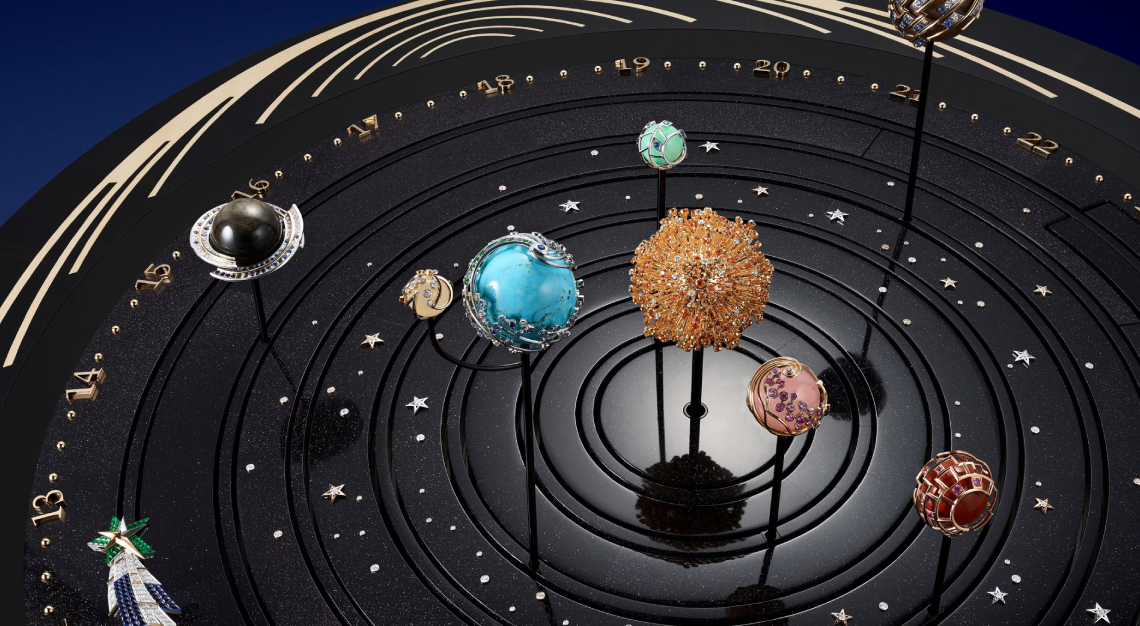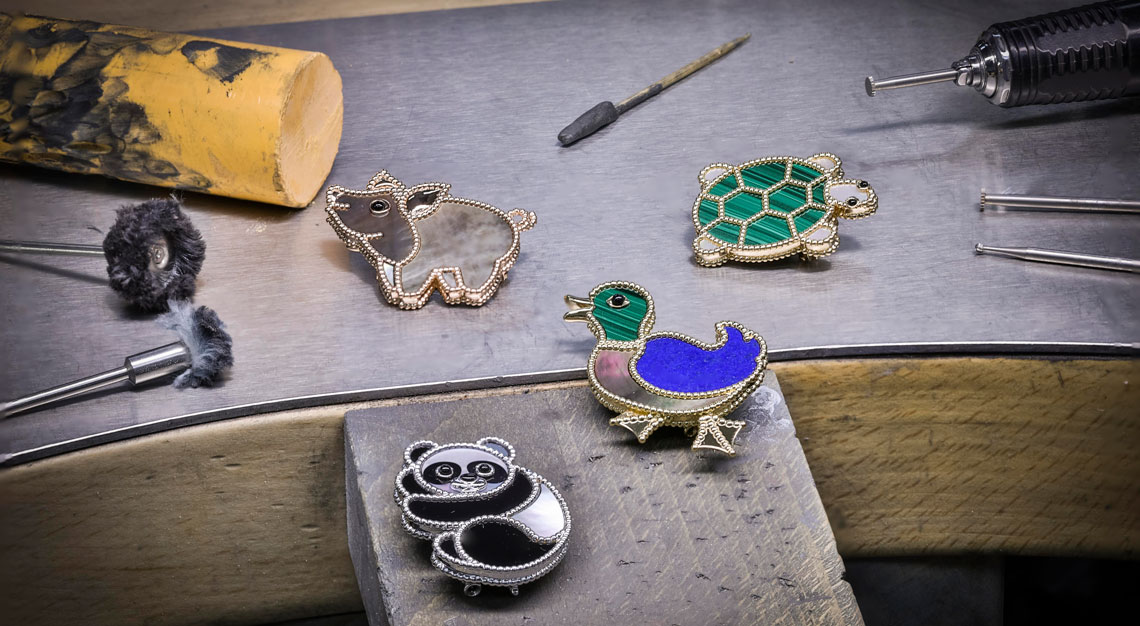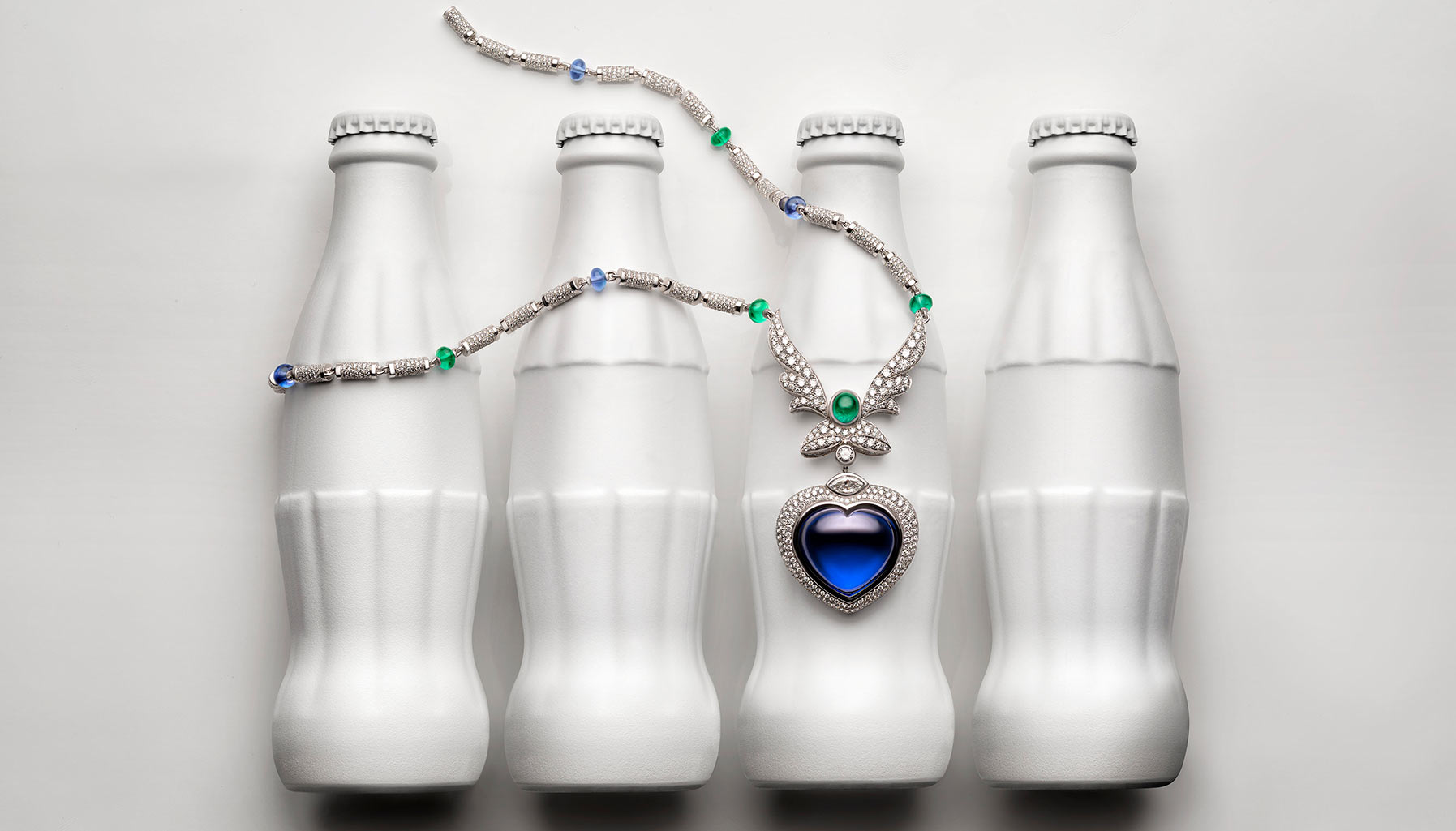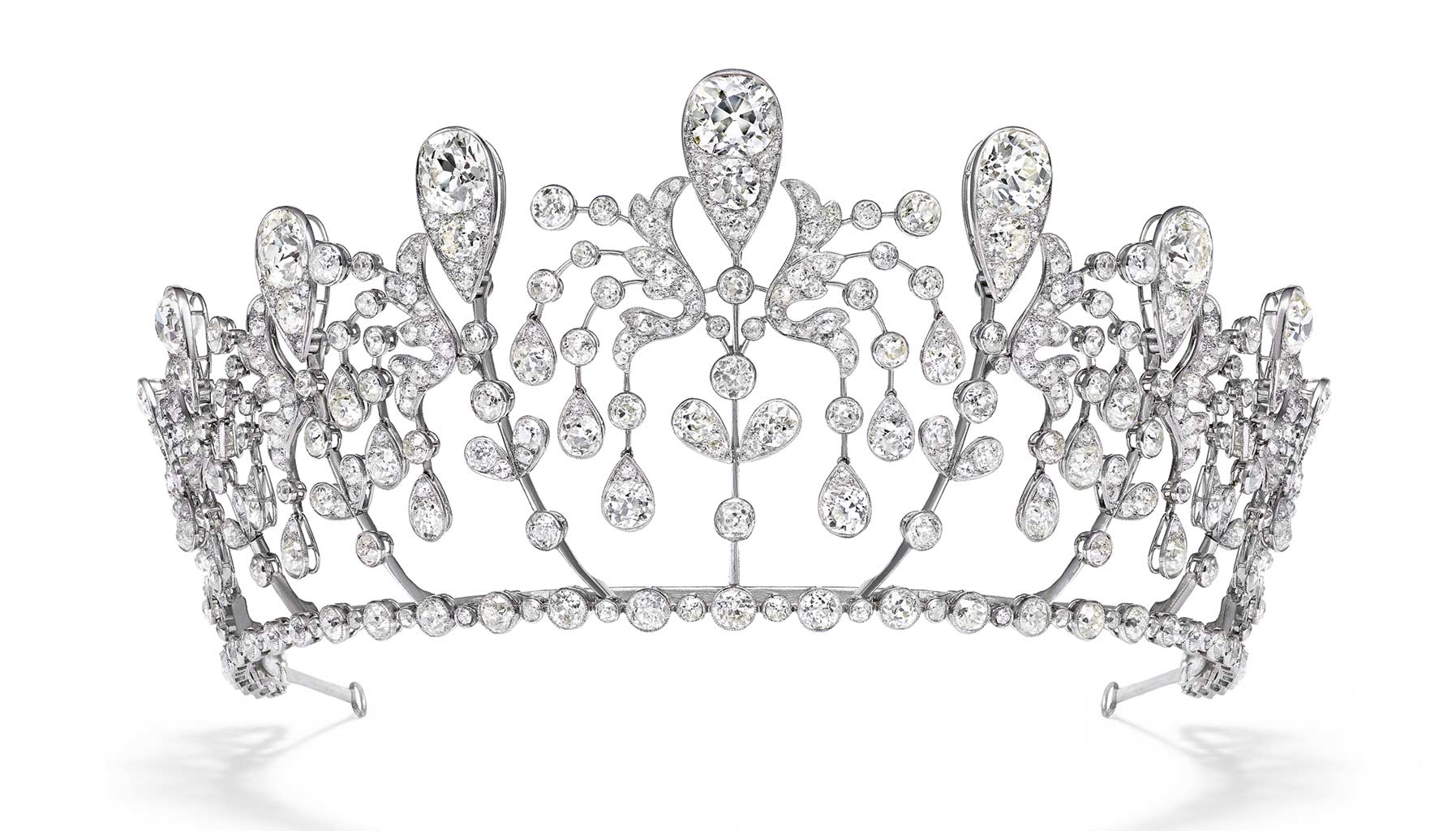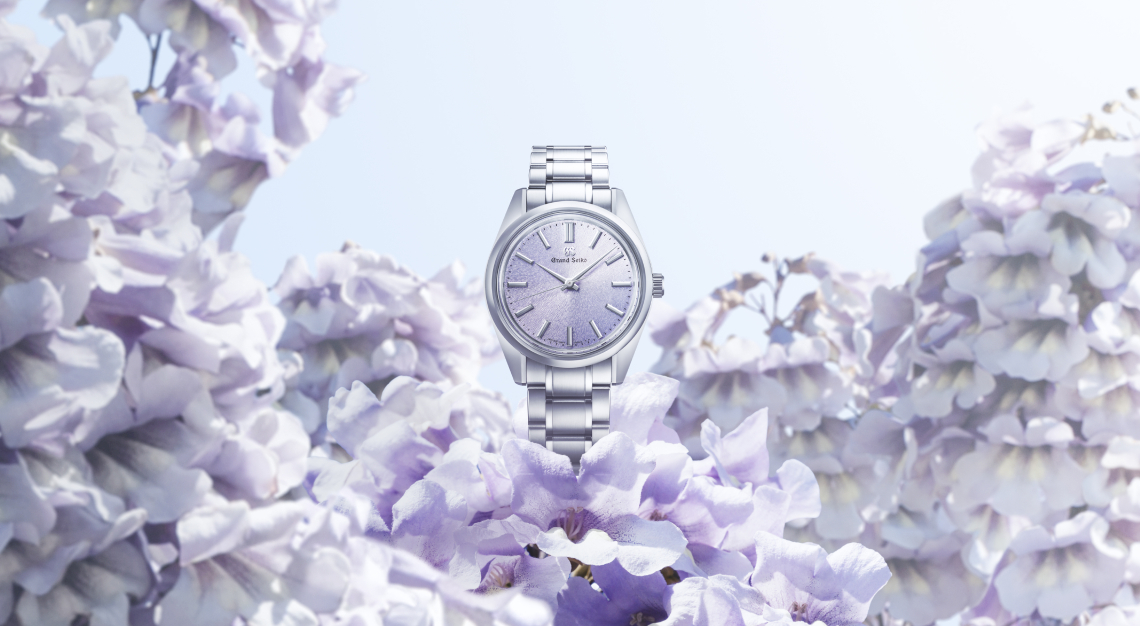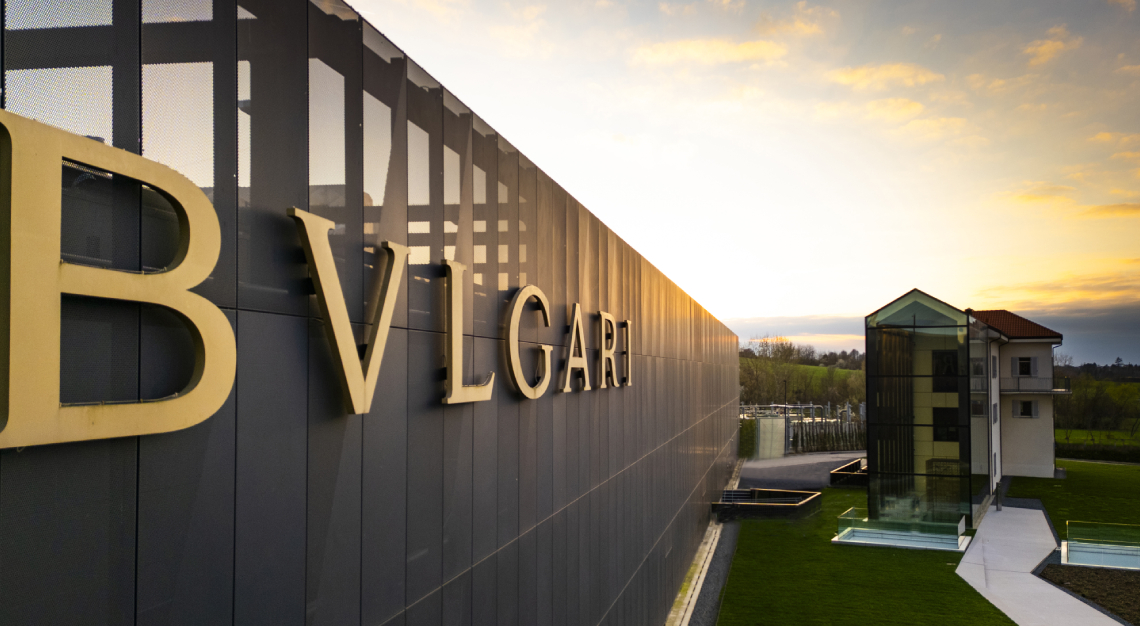Aside from watches and jewellery, Van Cleef & Arpels celebrates craftsmanship via the automata of its Extraordinary Objects collection
Van Cleef & Arpels is lauded for its jewellery and, more recently, its watchmaking, but the maison also competes in a category that very few attempt. Its Extraordinary Objects are highly decorated automata that are not wearable, but are instead maximal displays of craftsmanship and moving, mechanical artistry. Other brands do create similar works of art from time to time, but none as consistently as Van Cleef & Arpels. Every year at the Watches & Wonders trade show, amid many renowned brands of watchmaking and jewellery, the Van Cleef & Arpels booth invariably draws a unique crowd waiting specifically for the next scheduled demonstration of one of these Extraordinary Objects.

This year was no exception as Van Cleef & Arpels showcased two automata, the first being Naissance de l’Amour. It stands about 30cm high on a stout base of carved iron eye, which is a mineral with a distinctive streaked appearance. At rest, it is topped by a cocoon of gold feathers decorated with various shades of purple lacquer.
When wound, those feathers open and—accompanied by the melody from a carillon—up rises a diamond-covered rendition of Cupid. It will look this way and that for a moment, while fluttering its translucent plique-a-jour enamel wings, before descending back into its hideaway. The figure is mounted on a base of floral composition, which includes a generous use of pink sapphires. The feathers are held in a petrified palmwood bowl, while a rotating ring at the base tells the time. The mechanism behind Naissance de l’Amour’s animation was designed in collaboration with renowned Swiss automaton maker François Junod. It is a unique piece that is the latest in a series that uses a similar mechanical concept, one that began in 2022 with the nature- inspired Rêveries de Berylline.

The second is something of an established niche for Van Cleef & Arpels, which created its first planetarium expression in 2014, a men’s timepiece called Midnight Planétarium. In 2022, it released its first Planétarium automaton, which was much bigger— an impressive 66.5cm in diameter and 50cm high, including its glass dome. This has to be custom blown for each one-off edition, as they do not otherwise come in such an enormous size.
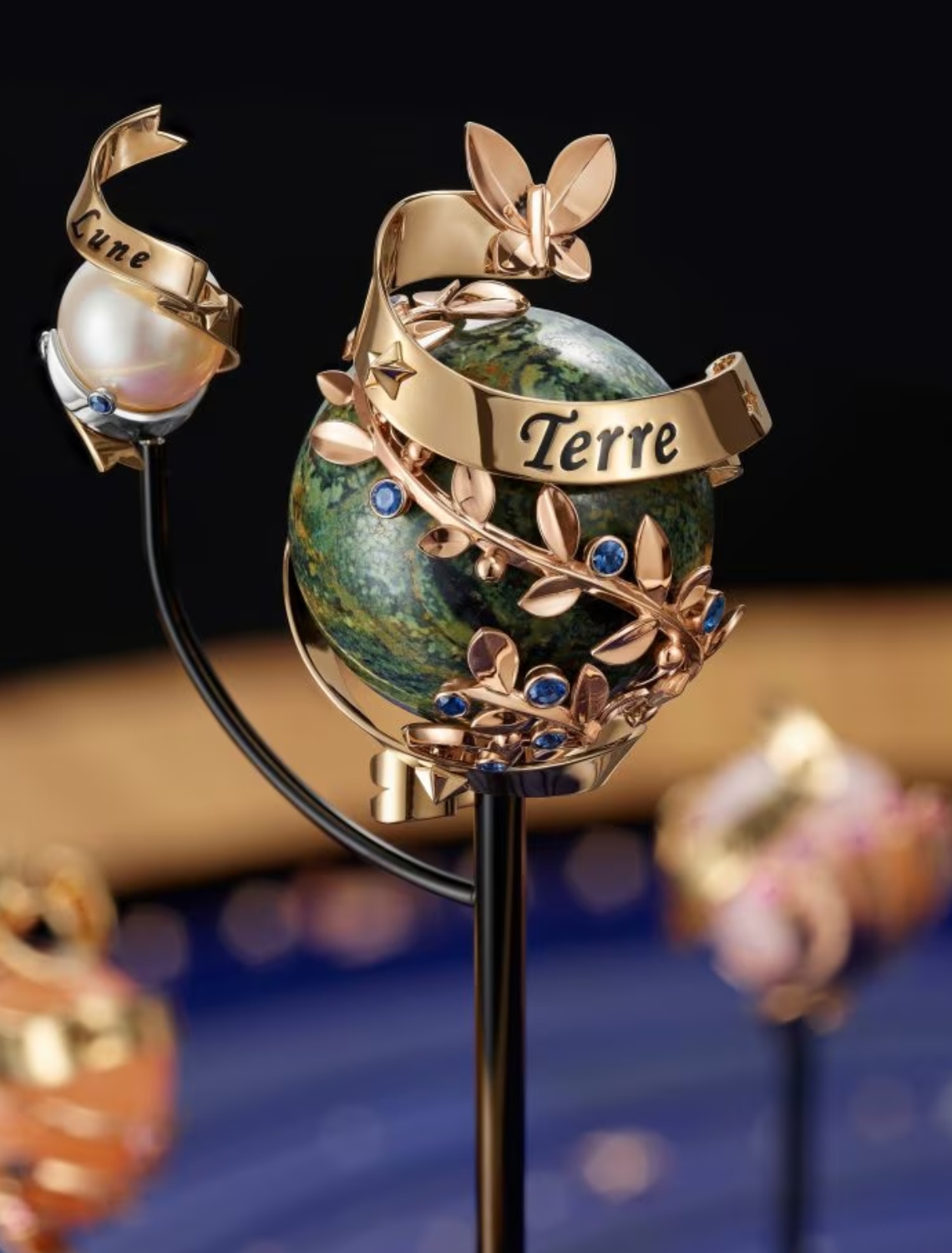
This year’s version is bright and colourful: the base is in light woods, the floor beneath the dome is a vivid blue lapis lazuli, and each of the celestial bodies are little objets d’art in their own right. Crafted out of varying stones, they are decorated with sculpted references to the mythological figures each planet is named for. The Sun is particularly resplendent, featuring spessartite garnets, yellow sapphires, and diamonds set on more than 500 gold stems; they quiver at the slightest vibration, adding to the sparkle. As before, the movement of the planets Mercury to Saturn are tracked in real time—and hence move very slowly, with Saturn taking 29.5 years to complete its orbit.
There is also an on-demand animation module, which, on activation, finds a rose gold shooting star set with diamonds and rubies emerge from a hatch and sent flying around the circumference; the planets dance out of orbit, accompanied by a melody that is chimed by a 15-bell mechanism in the base. The base also houses indicators for time and date—it functions as a perpetual calendar, as well.
“I think these objects are wonderful for Van Cleef & Arpels’ expression because they are a true blend of watchmaking, technical expertise, and mechanical art. It is another way for us to tell stories,” says Van Cleef & Arpels CEO Catherine Renier. “You have a new field of expression that is, of course, opening doors. This is a field of mechanical art that we will continue to invest in, both in terms of creativity and time, for sure.”
